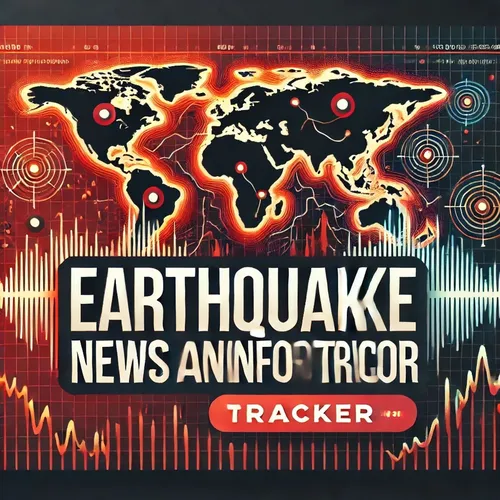Prepare for the Great ShakeOut: Global Earthquake Drill on October 17th
- Author
- Quiet. Please
- Published
- Thu 12 Dec 2024
- Episode Link
- https://www.spreaker.com/episode/prepare-for-the-great-shakeout-global-earthquake-drill-on-october-17th--63282999
On October 17, at precisely 10:17 a.m., millions of people across the globe will pause their daily routines to participate in the Great ShakeOut earthquake drill, an annual event organized in part by the Federal Emergency Management Agency (FEMA) and the United States Geological Survey (USGS). This synchronized worldwide effort encourages individuals and organizations to practice essential earthquake preparedness techniques to ensure safety and resilience when a real seismic event occurs.
The Great ShakeOut is celebrated as the world's largest earthquake drill, integrating a diverse array of participants from various sectors, including schools, businesses, government agencies, and residents within earthquake-prone regions. This impressive collective effort aims to instill a routine practice of essential survival actions such as Drop, Cover, and Hold On, which are simple steps proven to reduce injury and save lives during seismic tremors.
Each year, the drill encourages new participants to engage with earthquake preparedness, providing a poignant reminder that earthquakes can strike without warning. It is a critical opportunity to assess existing emergency plans, brush up on safety protocols, and ensure that disaster response measures are understood and accessible by all.
Signing up for the Great ShakeOut is straightforward. Organizations interested in participating can register online, allowing them to receive updates, safety tips, and resources tailored to their specific needs. These resources include educational tools, drill song playlists, and social media templates designed to share participation experiences and spread awareness within local communities.
The importance of participating in such drills cannot be overstated. Earthquakes represent one of the most unpredictable and potentially catastrophic natural disasters. By preparing effectively, individuals and communities can significantly mitigate damage and speed up recovery times following an earthquake. Historical precedents like the 1989 Loma Prieta earthquake in California, known for causing significant damage and loss of life, have underscored the need for widespread awareness and preparedness.
In recent years, technological advancements have greatly enhanced earthquake preparedness strategies. For example, early warning systems have become increasingly sophisticated, providing precious seconds to brace for impact, and developments in engineering have led to the construction of buildings that can better withstand seismic forces. Nevertheless, personal preparedness remains crucial.
The Great ShakeOut serves as a reminder of our collective responsibility towards preparedness, encouraging proactive measures that can be lifesaving. Participating in such drills helps demystify the experience of an earthquake, allowing individuals to respond more calmly and efficiently if a real quake occurs.
As October 17 approaches, individuals are urged to set a reminder for 10:17 a.m. to join this significant and potentially life-saving drill. By doing so, they partake in a united global event that transcends borders, building a stronger, more resilient international community in the face of nature's unpredictability.
